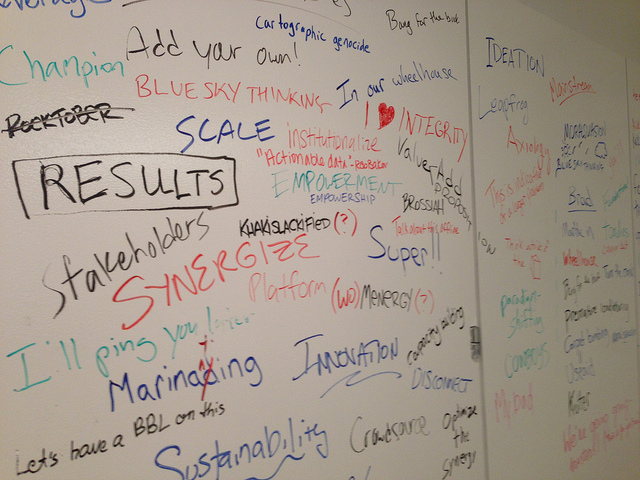
‘It ain’t what you do it’s the way that you do it. That’s what gets results’. I don’t usually resort to Fun Boy Three for my insights on change management. However, I have to admit that the title of their 80’s hit is spot on.
Reading the article by Jan Britton, Chief Executive in Sandwell Council, which explained the transformation journey that he and his children’s services have been on brought home to me again how important it is to plan the ‘how’ as well as the’ what’.
I have always been uncomfortable with any view of transformation that assumes a starting point that all services are the same and the application of a standard model of improvement will deliver the same outcome. Having been a partner in a Big 4 consultancy, it was a view that frequently put me at odds with some of my colleagues. Intuitively, I have always felt that whilst organisations are very often similar, they are never the same.
If we take that inevitably all organisations have, over time, confronted common problems, each will have approached them on their own terms, with different people and within varying local contexts. On that basis if every interaction changes the nature of the issue that you are dealing with, it follows that no organisation can ever be exactly the same. Even if you slavishly apply the same approach you have done previously, the results will always be different.
A question that is often asked of us in IMPOWER and one that we often ask ourselves is ‘how does successful change happen?’ Historically we have tried to answer this by reference to what we know doesn’t work. From painful experience (and slightly tongue in cheek), here are my insights into the features of a successful approach to change.
- Ensure everyone is clear and agrees about the things that need to change. This should be the simplest part of the change process. Sadly, however, most people think they are better communicators than they actually are and a bit like Chinese whispers, the issue that senior management think they have communicated is often completely at odds to the one that people on the front line have heard. You should also never underestimate the incredible energy and persistence that some people apply to maintaining the status quo.
- A transformation programme is unlikely to succeed if it is created in isolation of the people who actually need to transform. You would be surprised at how many organisations fail to co-create the process of transformation believing that a bit of ‘engagement’ prior to implementation will suffice. To be fair, this usually works for a while. Most people are polite and will humour the ‘experts’ and given their day job will potentially be quite relieved that someone else is getting on and doing something. However, there will inevitably be a point when they realise that what you are doing will have an impact on them. They will then ‘engage’ purposefully although not always helpfully.
- Co-creation does not mean having lots of ‘experts’ around a table with a sole representative from the service needing to be transformed. In the majority of cases the experts are the people who lead the service day in day out. If you have faith in their ability to do something extraordinary and provide them with the time, the space and the support to do that, then you will have an organisation which can build, design, deliver and sustain its own transformation.
- Try and temper the desire to do something by instilling some discipline. Failure to do this will result in lots of people, doing lots of thing. These people will eventually become very knackered and disillusioned that not much has changed (and resentful that they are the only ones doing anything). Occasionally things will improve very quickly but will then stop. This usually coincides with the people who were doing lots of things taking a rest.
- Measure the impact of what is being done not just the activity. I have lost track of how many hours I have spent in meetings where entire forests have been felled to provide project management reports with lots of red, amber and green buttons, highlight reports and risk registers. Usually, after a minimum of 2 hours, everyone leaves the meeting content that lots of things are happening but not much the wiser about whether we are any closer to achieving what we set out to do. The more complex the issue the greater the need to manage the risk that it will get lost in the crystal maze of project and programme management.
- Understand what motivates people and construct the transformation programme so that you have active champions of the change programme not just passengers for something someone else is doing. Unless you are Gordon Ramsay, the JFDI approach is not usually a recommended motivational approach to delivering sustainable change…although it can be incredibly cathartic on a Friday afternoon.
Finally, it’s important to reward people, recognise and celebrate the successes that they have had individually and collectively. It’s also important to reflect on what made something a success. Inevitably, if you do that you will realise that it ‘ain’t what you did but the way that you did it’. That’s what got results.
image via photopin
